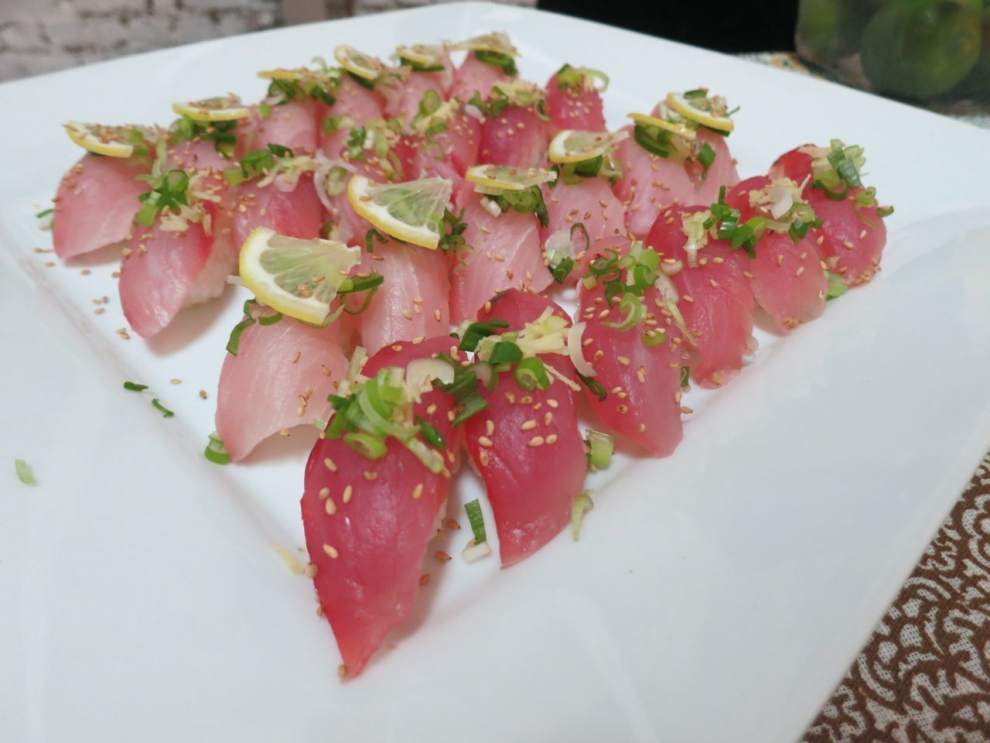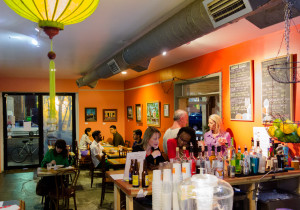Just any other city rich with culinary innovation and history, a fair amount of restaurant openings and closings are cyclical occurrences that happen to shape the food scene for the year. With various food establishments entering and leaving the restaurant scene, the way in which different people engage and experience food can often depend on varying factors that may not been so easy to see. Looking back on the year, The New Orleans Advocate explores different factors that have altered the ways restaurants operate from emerging chef training programs, the rise of food trucks and the ever expanding seafood collection available to New Orleans’ locals.
Training chefs to be mentors
The restaurant group Dickie Brennan & Co has changed the structure of its training program by organizing a team of veteran chefs to act as mentors to younger chefs in training. Instead of the veteran chefs taking the lead in the kitchen, this program essentially allows for these established professionals to guide and teach the younger counterparts in order to create an atmosphere of culinary growth and innovation.
A different kind of food court
As traditional food courts in malls gradually take the back seat as social hubs, the food truck community is slowly but surely becoming popular in various cities across the country. For many people, food trucks shape an environment that foster various forms of creativity and innovation that maybe did not exist within the realm of traditional food courts. “The food court” in New Orleans comprises of different food truck vendors in a centralized outdoor space who all offer tasty delicatessens anywhere from local Creole favorites to exotic treats from Central America.
The expansion of seafood
“The bountiful catch” is a phrase coined by Carmo, a small cafe style restaurant in downtown New Orleans that is allowing different chefs from culinary establishments across the country to create recipes using bycatch, or seafood usually thrown back into the ocean by fisherman. By expanding the range of seafood served in local restaurants in New Orleans, it allows for more stability in the market by emphasizing less on certain fishes’ value and therefore possibly preventing a monopoly on a single type of fish. The experimentation with bycatch has the potential of creating new dishes that could add further cultural value to the restaurant scene in New Orleans as a whole. Stay tuned!

